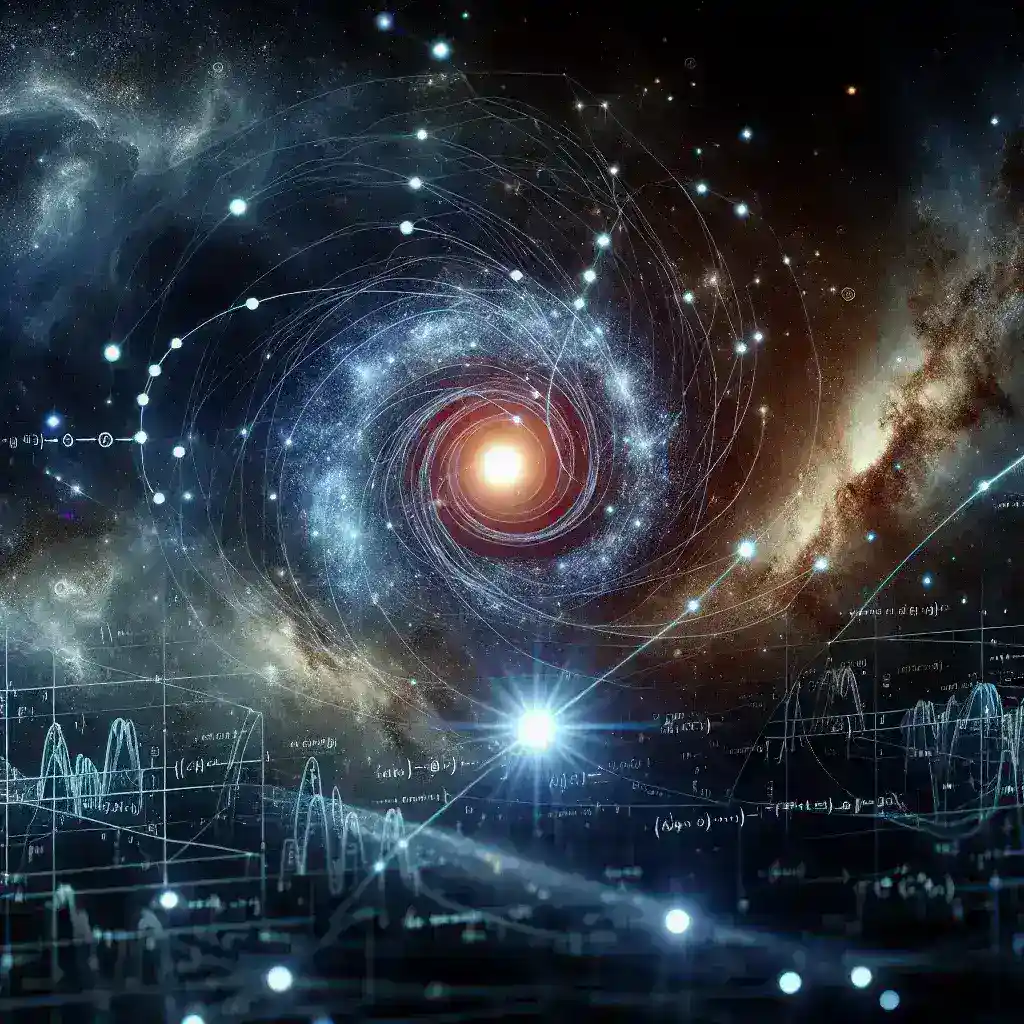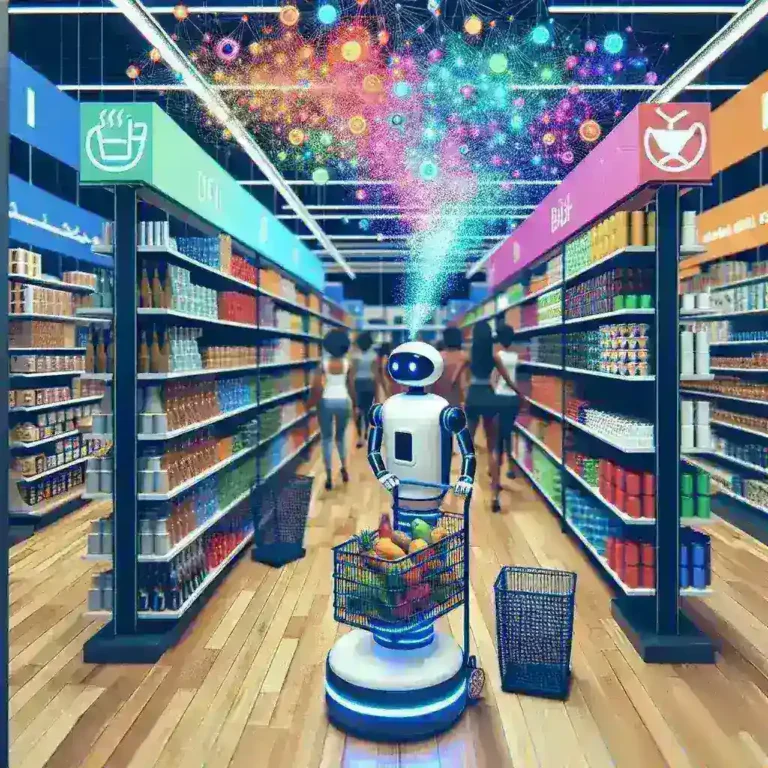Introduction
As humanity looks to the stars, the quest for discovering habitable planets has never been more pressing. Traditional methods of planet-hunting have made significant strides, yet they often fall short in examining complex astronomical configurations such as binary star systems. Recently, AI algorithms have emerged as powerful tools capable of simulating habitability around these unique systems.
Understanding Binary Star Systems
Binary star systems consist of two stars that orbit a common center of mass. These systems are prevalent in the universe, with estimates suggesting that around half of all star systems are binary or multiple star systems. The gravitational dynamics in these systems create complex environments that can influence planetary formation and habitability.
The Importance of Habitability
Habitability refers to the potential of a celestial body to support life as we know it. Factors influencing habitability include:
- Distance from its stars (the habitable zone)
- Atmospheric conditions
- Gravitational stability
- Geological activity
The unique orbital characteristics of binary star systems can complicate these factors and challenge existing models of habitability.
The Role of AI in Simulating Habitability
AI algorithms have the ability to process vast amounts of data and identify patterns that would be impossible for humans alone. When applied to astrophysics, these algorithms enable researchers to:
- Model complex gravitational interactions
- Predict climatic conditions on exoplanets
- Analyze historical data for past planetary conditions
Historical Context
The journey toward understanding habitability began in earnest in the 1990s with the discovery of exoplanets. Early models focused on single star systems, making it difficult to extrapolate findings to binary systems. However, advancements in computational power and the introduction of machine learning techniques have revolutionized the field.
First Steps into AI
In the early 2000s, the integration of AI and machine learning into astronomy started to gain traction. Researchers began using algorithms to analyze data from telescopes, resulting in enhanced accuracy in detecting exoplanets. This development opened the door for applying such technology to simulate habitability around binary star systems.
Modern Applications of AI Algorithms
Today, AI algorithms are utilized for various applications in astrobiology and planetary science:
1. Simulation of Orbital Dynamics
One of the most significant advancements has been in simulating the gravitational interactions between binary stars and their planets. AI-powered models can predict the stability of planetary orbits over millions of years, allowing scientists to assess whether a planet might reside within the habitable zone.
2. Climate Modeling
Once a planet’s orbit is determined, the next step is understanding its climate. AI algorithms can analyze atmospheric data to simulate conditions such as temperature, pressure, and potential weather patterns. This allows for a more nuanced discussion about the planet’s ability to support life.
3. Data Analysis and Pattern Recognition
AI excels at pattern recognition, making it invaluable for sifting through enormous datasets from space missions. By identifying correlations between various factors, researchers can draw conclusions about what makes a planet potentially habitable.
Future Predictions
As AI technology continues to evolve, the potential for improved simulations of binary star systems grows exponentially. Future predictions suggest that:
- More efficient algorithms will allow for real-time simulations of habitability.
- AI will assist in the discovery of new exoplanets within binary systems.
- Interdisciplinary approaches will combine AI with astrophysics, geology, and biology for a holistic understanding of habitability.
Pros and Cons of AI-Driven Simulations
Pros
- Enhanced efficiency in data processing and analysis.
- Ability to model complex scenarios that traditional methods struggle to address.
- Fostering collaboration between different scientific disciplines.
Cons
- Dependence on the quality of input data can lead to misleading results.
- AI algorithms may misinterpret data without proper oversight.
- Ethical considerations around the implications of discovered habitable planets.
Real-World Examples
Several projects are currently leveraging AI to explore the habitability of binary star systems:
Kepler Space Telescope
The Kepler Space Telescope, launched in 2009, has been pivotal in identifying exoplanets. AI techniques have helped analyze its data, leading to the discovery of many planets within binary star systems.
NASA’s TESS Mission
The Transiting Exoplanet Survey Satellite (TESS) aims to find exoplanets around nearby stars. AI algorithms play a crucial role in analyzing light curves to detect potential habitability.
Cultural Relevance
The fascination with binary star systems extends beyond scientific communities. Literature, films, and art often portray these celestial couples, reflecting humanity’s intrigue with the cosmos and our place within it. The search for habitable planets fosters a sense of connection to the universe, encouraging societal discourse around the possibility of extraterrestrial life.
Conclusion
AI algorithms are transforming our understanding of habitability around binary star systems. By simulating complex interactions and predicting climatic conditions, these algorithms pave the way for future discoveries in astrobiology. As we continue to explore the cosmos, the integration of AI will undoubtedly shape the narrative of life beyond Earth, igniting curiosity and expanding our horizons.



